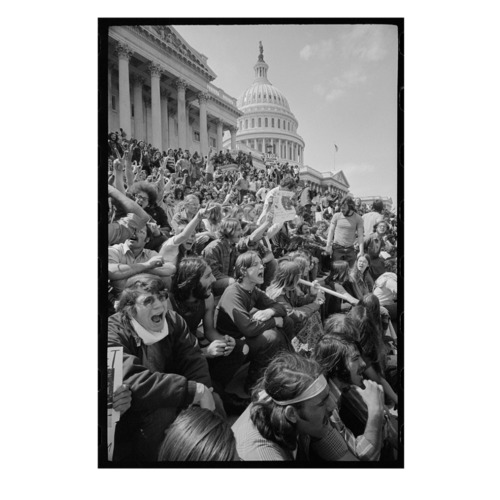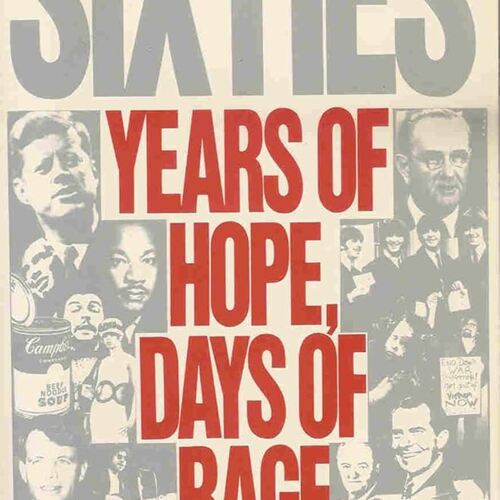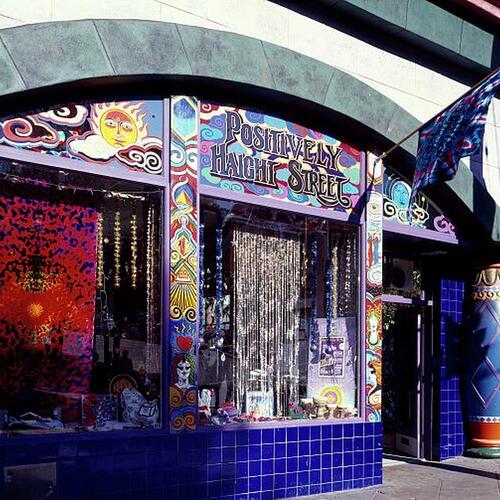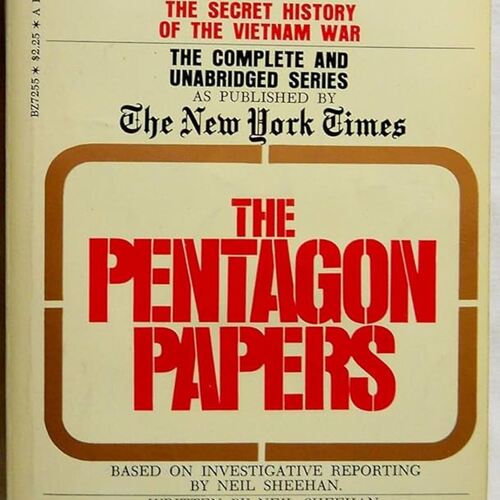The gathering of government workers at Lafayette Square and hippies at the Capitol highlights the contrasting dynamics of protest and activism in Washington, D.C., during the 1960s. Lafayette Square, located near the White House, often served as a site for organized demonstrations by government employees advocating for labor rights, fair wages, and workplace reforms. In contrast, the hippies at the Capitol embodied the countercultural movement, protesting broader societal issues such as the Vietnam War, civil rights, and environmental degradation. These parallel protests underscored the diverse spectrum of activism during the era, from structured, policy-driven demands to the free-spirited, ideological challenges to authority. Together, these gatherings reflected the growing sense of dissent and the widespread desire for change that defined the social and political landscape of the 1960s.
Exploring the 1960s Counterculture
The countercultural movement of the 1960s marked a dramatic shift in American society, embodying profound changes in traditional norms and authority. Psychedelic music and art became powerful expressions of this ethos, reflecting a deep yearning for liberation, self-discovery, and communal connection. Bands like The Grateful Dead and Pink Floyd infused their music with themes of transcendence and rebellion, mirroring the movement's embrace of altered states of consciousness and nonconformity. Album covers, posters, and performances showcased vivid, surreal imagery, echoing the visual distortions and heightened perceptions associated with psychedelics. This explosion of creativity served as a rallying point for the movement, urging youth to challenge societal constraints in favor of new ways of thinking and being.
The anti-Vietnam War sentiment was deeply intertwined with the counterculture’s promotion of psychedelics and alternative lifestyles. As the horrors of war became increasingly visible through media coverage, the movement rejected militarism outright, advocating for peace and harmony. Psychedelics were viewed as tools to achieve this vision, fostering empathy and interconnectedness that directly opposed the values driving the war. Communal living, free love, and ecological awareness were more than just lifestyle choices—they became acts of resistance against a government perceived as complicit in violence and oppression. Artists like Jimi Hendrix and activists like Timothy Leary used their platforms to denounce the war and champion psychedelics as a means to expand consciousness and break free from systems that perpetuated conflict.
I chose this era because the countercultural movement was not a fleeting rebellion but a transformative influence that continues to shape modern American society. It challenged entrenched social norms, advocating for greater civil rights, environmental awareness, and creative freedom. Through timelines, interactive maps, and media archives, I aim to illustrate how the movement’s influence radiated across the United States and evolved over time. This project will trace how the ideals and practices of the counterculture emerged through music, art, and political activism, leaving a lasting imprint on the American psyche.
Fullscreen to Interactive Map: Fullscreen Interactive Map



